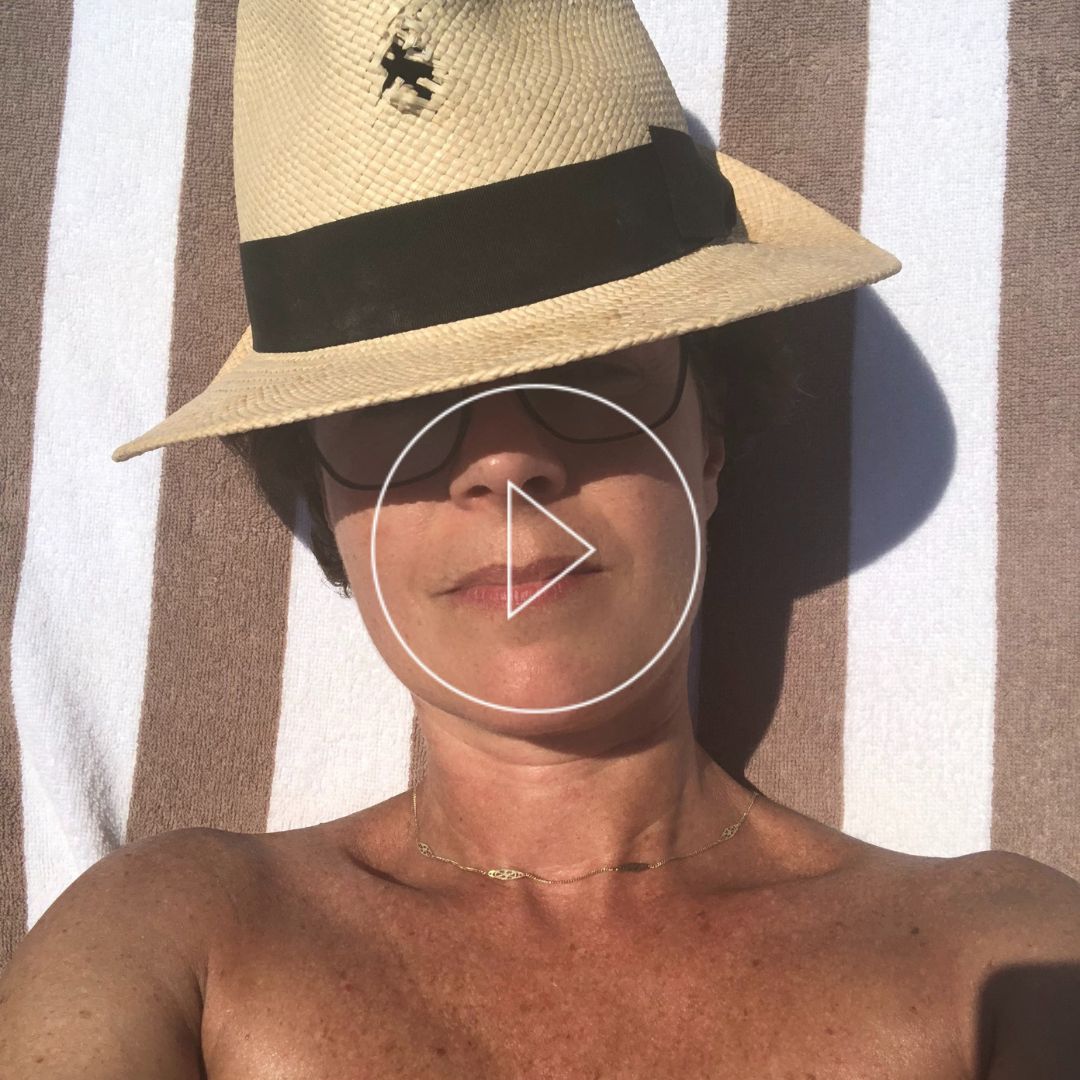Every summer, wherever you are you see an avalanche of Panama hats. From fashionable and well-dressed to easy-going style, the Panama hat is everywhere, and there is no denying it. Saying that the straw hat, also known as the Ecuadorian hat, had a revival is an understatement. It’s having a moment of glory in a time and age when the most worn hats are buckets and baseball caps. And this year, the Panama hat is more than relevant with the rebirth of the Wild West fashion trend. So in this video, you will see the colourful story behind the jipijapa hat (another name for the Panama hat) and what to consider when buying a hat that epitomises classic elegance.
Does the Panama Hat come from Panama?
Although called “Panama hat” in English, the headpiece has its origin in Ecuador, where it is hand-woven by craftsmen hailing from the cities of Cuenca and Montecristi. When the Spanish conquistadors arrived in Ecuador in 1526, the inhabitants of its coastal areas were observed to wear a brimless hat resembling a toque, which was woven from the fibres from a palm tree that the Spaniards came to call paja toquilla or “toquilla straw”.
These hats became known as “Panama hats” due to their massive export from Ecuador to Panama during the 19th century. At this time, Manuel Alfaro y Gonzalez and his wife promoted the hat during the construction of the Panama Canal.
How Panama hat became so popular
The straw hat became famous by U.S. President Theodore Roosevelt when he wore a Panama hat during his visit to the construction site of the Panama Canal in 1906. A photo of Roosevelt wearing a Panama hat appeared in the New York Times and was soon followed by many celebrities, such as King Edward, Winston Churchill and Ernest Hemingway. And the rest is history.
In the 20th century, it became an icon of summertime and was shown in movies and magazines worldwide. Notably, Clark Gable in “Gone with the Wind”, Paul Henreid in “Casablanca”, Gregory Peck in “To Kill a Mockingbird” and, of course, Robert Redford in “The Great Gatsby”.
Buying a Panama hat? What to know about the quality
Panama Hats are famous for their lightness, durability, flexibility and comfort. These characteristics result from the materials used to weave the hat: the toquilla straw. Artisans in Ecuador carefully weave these straws into genuine Panama hats. The tightness of the mesh measures the hat quality. So, the higher the number of weaves per square inch, the higher the quality of the hat.
Some Panama hats can take up to five months to finish, and they are so finely hand-woven that they are like a piece of Haute Couture.
The Most Expensive Panama Hats
Brent Black, the top authority and purveyor of handwoven straw hats, offers the world’s finest Montecristi Panama for $100,000. You are reading right, $100.000. Simply referred to as “The Hat”, the unique piece has been woven by the king of the master weavers, Simón Espinal, who lives in the hidden village of Pile, near Montecristi in the hills of Ecuador. Espinal is believed to be the best Panama hat maker ever.
The Montecristi hat has 4000 weaves per square inch, which has been unheard of since, up to now. To have an idea, the highest quality achieved was 3000 weaves per square inch. As a reference, the Borsalino Panama Prestige costs €1.800 and has 400 weaves per square inch.
But you can have a top-quality Panama hat for €100 to €350. Of course, the thinner the straws and the tighter the weaves per square, the higher the price. And nothing against the cheaper ones – between €40 and €100 – that can look good too, but won’t last as long.
The Style
Olie Arnold, Style Director at Mr Porter, has good news for the ones venturing into the Panama experience; he says, “Panama is a classic hat that has been a go-to style for the best part of the last century, and with good reason. It has the benefit of generally looking good on most people.” How, exactly? You might ask, and Mr Arnold explains, “Well, they lend an air of sophistication to outfits, so it can easily complement a smart casual look, as well as tailoring”.
Did you know?
The art of weaving the traditional Ecuadorian toquilla hat was added to the UNESCO Intangible Cultural Heritage List.
Our editors independently select all products featured on Notorious-mag. However, we may get a commission when you purchase through our links.
Where to get a good Panama hat?
There are numerous alternatives of good classic and even revisited versions available. One of them is this beautiful Rag & Bone or this one too, and it is a refreshing sight in the homogenised baseball cap environment. Get a Panama hat and enjoy the rest of the summer protecting yourself from too much sun with style.
Image by @notoriousmag
